Postcards from the Edge: Strange Souvenirs
It was about a year ago when an accidental image popping up in a search led me down a path into antiques and greater questions about humankind’s slow descent into stupidity and thoughtlessness. I was doing research on the “Nephilim Giants” when I stumbled across a photograph of a postcard leading me to a Flickr account. As amusing as the image was, the text beneath it was truly mind-boggling:
Yes, you read that right. “And Photoshop didn’t exist back then.” Since the collectible postcard was B.P.—Before Photoshop—it had to be real. This leap in logic turned an ordinary day into a search for the history behind this and similar images and an attempt at saving countless more people from choosing the path of assumption over the trail of critical thinking. [UPDATE: While the postcard poster meant her statement entirely in jest, a simple search for ‘giant grasshoppers’ and other topics of similar postcards reveals a staggering suspension of disbelief and logic.]
As any of you who are older than 15 and ever dabbled in creating collages may know, there was a whole world of image manipulation going on before that image manipulation software we know as Photoshop was created. Simple cutting and pasting of images onto images, forced perspective, and double exposure were just a few tricks of the trade known still today by many in the world of graphics. Without these tricks, most of the Victorian ghost photographs—and every episode of South Park—could never have been made. But what about the giant grasshoppers? Where did this come from? Well, this and other similar novelty postcards are today classified as Exaggeration (or Tall-Tale) Postcards and their history is a bit amusing.
ADVERTISEMENT
For as long as there have been cameras there has been trick photography. A photographer by the name of William Martin of Ottawa, Kansas, was considered one of the best. He first began creating mundane scenes with spliced-in giant fruit and creatures back in 1908. This venture proved very successful (and profitable) and led to his creation of the Martin Post Card Company the following year.
According to the Kansas Historical Society, there was another photographer named Frank “Pop” Conrad who, after experiencing a swarm of grasshoppers in the town of Garden City, was inspired to create manipulated postcards depicting huge grasshoppers in 1935. Known as “Hoppers Whoppers”, his postcards were made until 1963 when he retired from the business. I can’t be certain, but I’d say the photo on Flick that started this whole thing was either one of his last works of inspired by him.
These postcards weren’t exactly complex to create. Objects from one photograph were carefully cut out and glued onto another photograph. In a way, you could say these images were the predecessors of today’s photoshopped images shared on social media sites by the thousands, especially memes. But today, we recognize modern altered images (most of the time) and even call them “photoshopped”—turning a product into a verb.
As shocking as it could be to some people, there was a world before Photoshop. Computers didn’t invent manipulation of images, sound, and video; they merely provided a new tool for these manipulations. You can find examples of cut-and-paste images, split-screen movies, and many other camera tricks in simpler forms a century ago. So why are we fooled by things so commonplace? How can a decades-old joke inspire someone to believe nuclear fallout created real giant grasshoppers? Are these images simply so well-crafted that they makes us do a double-take, or have we simply forgotten those famous words of Benjamin Franklin: “Believe half of what you see and none of what you hear”?
MORE GREAT STORIES FROM WEEK IN WEIRD:




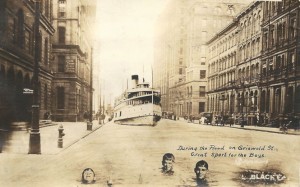
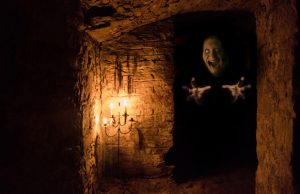
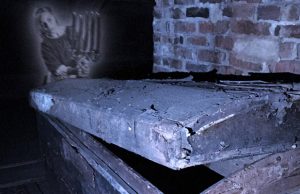


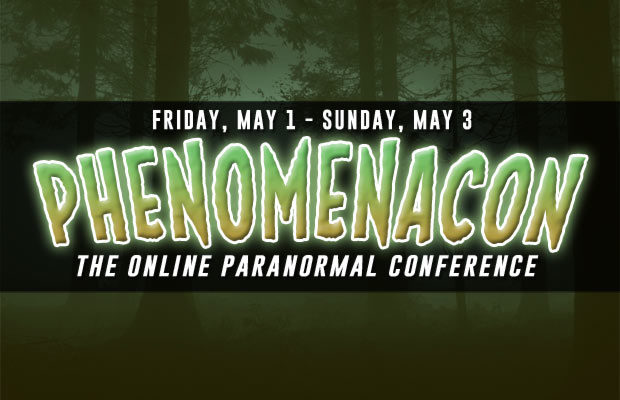
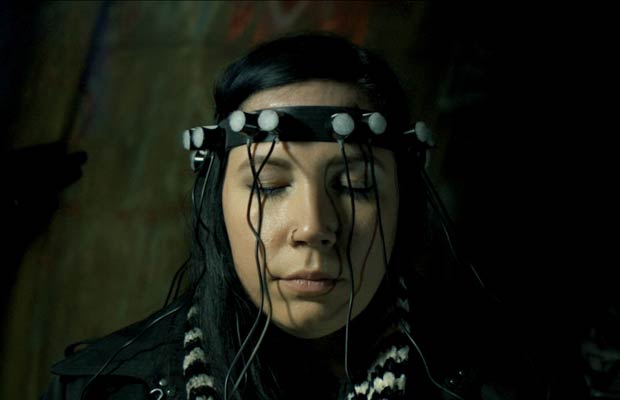
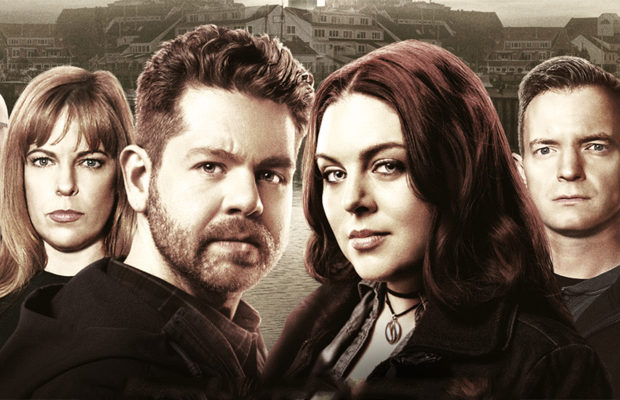
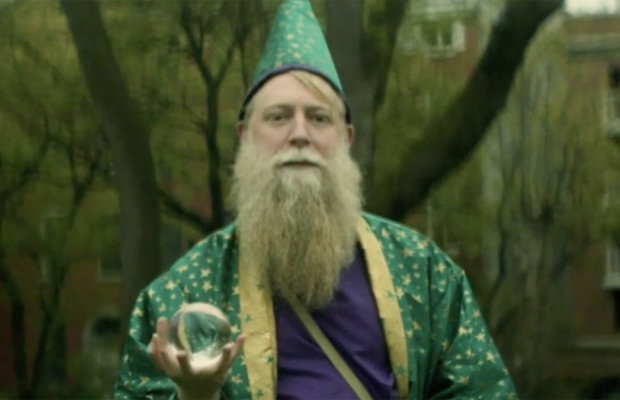

You must be logged in to post a comment Login